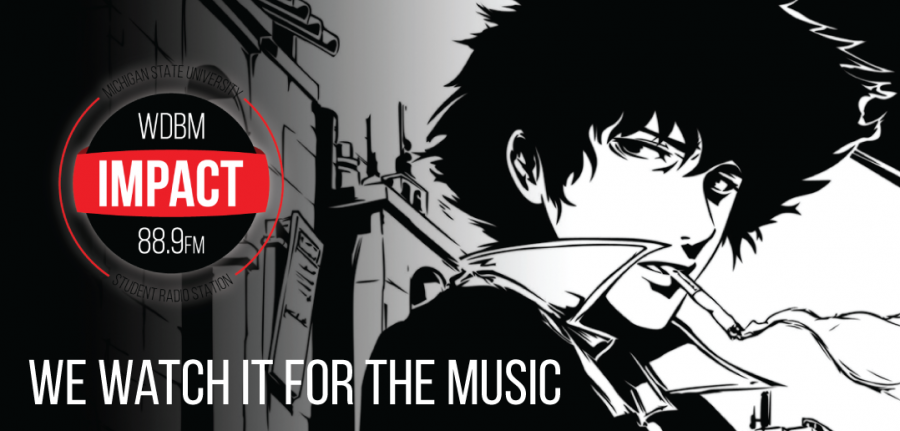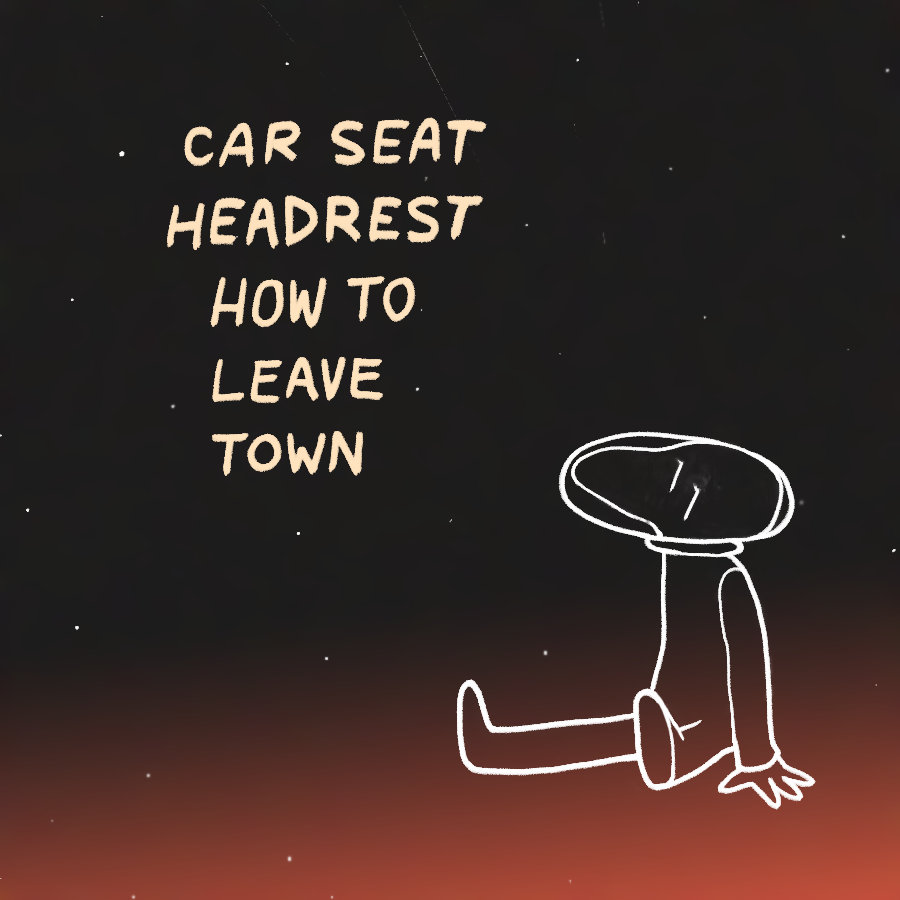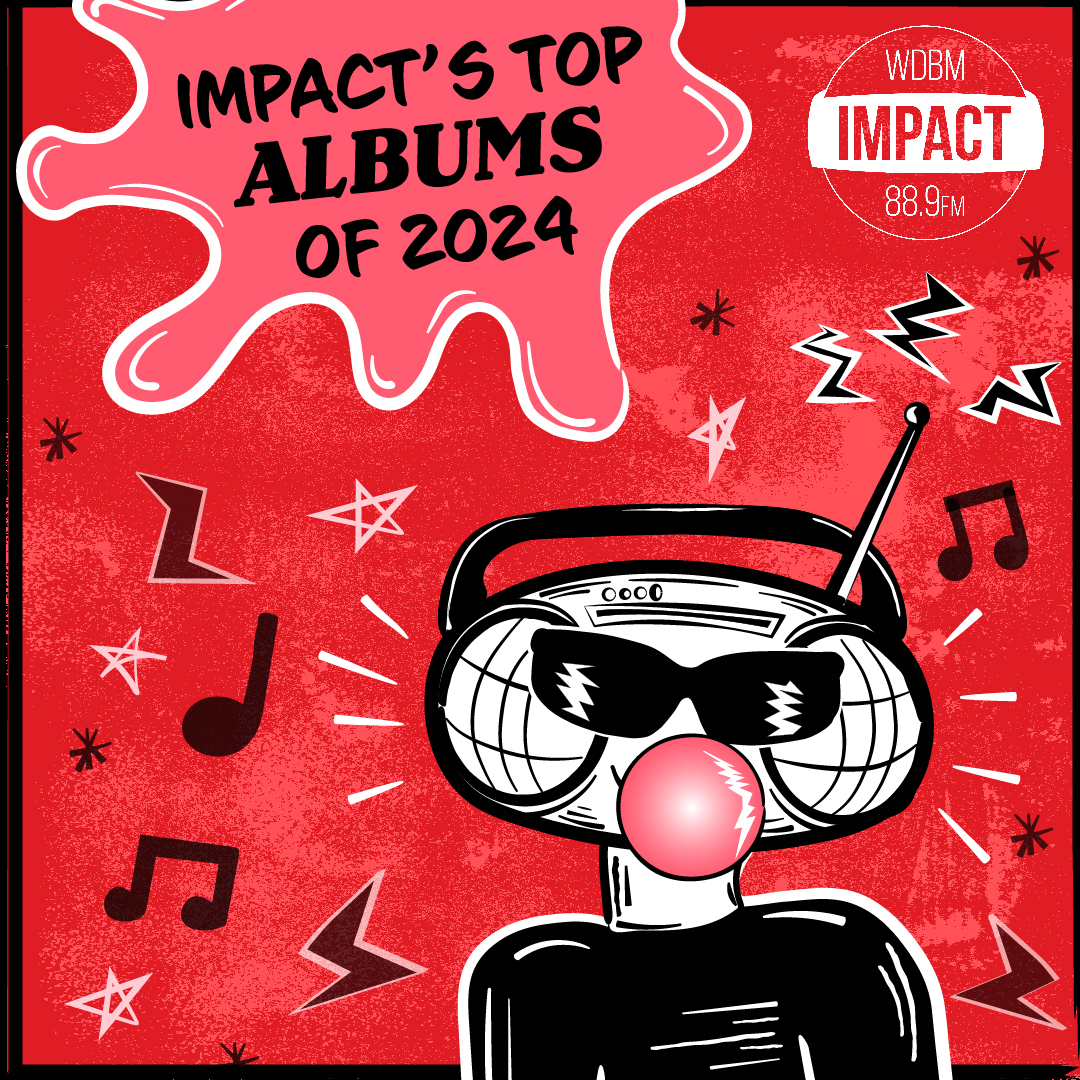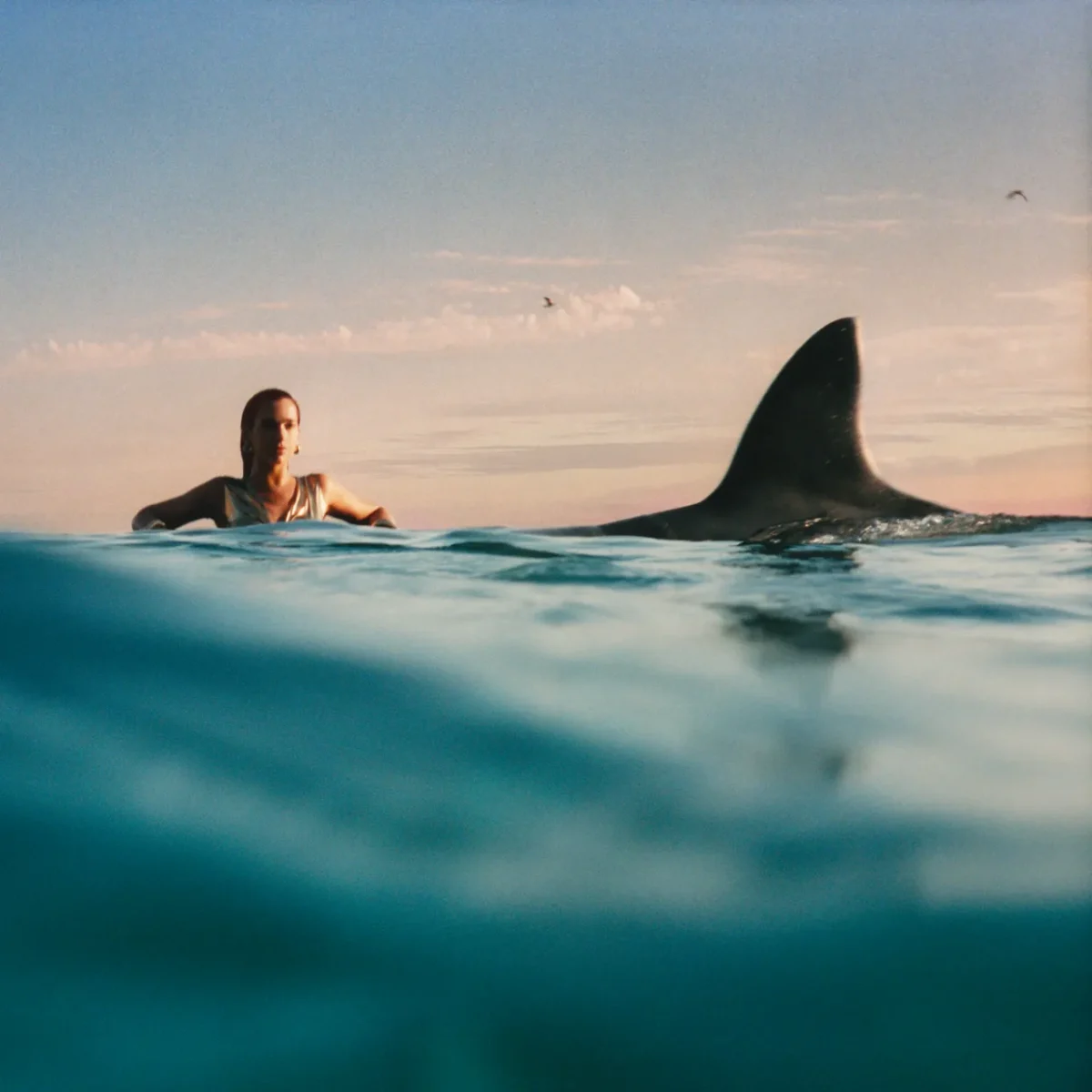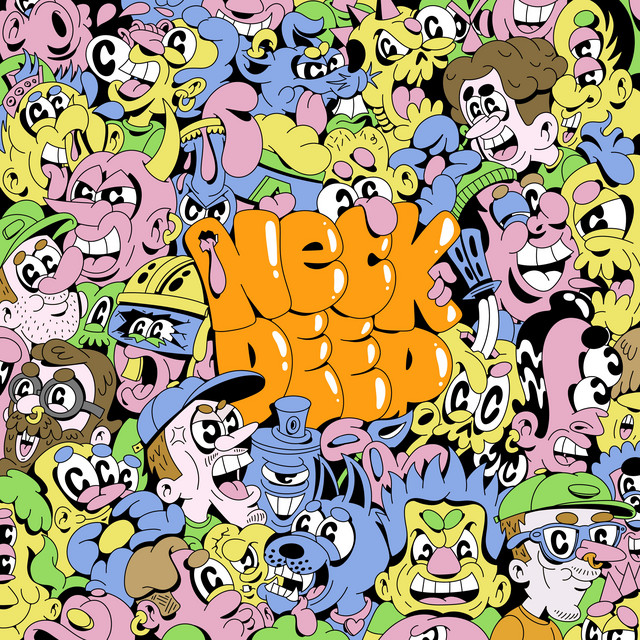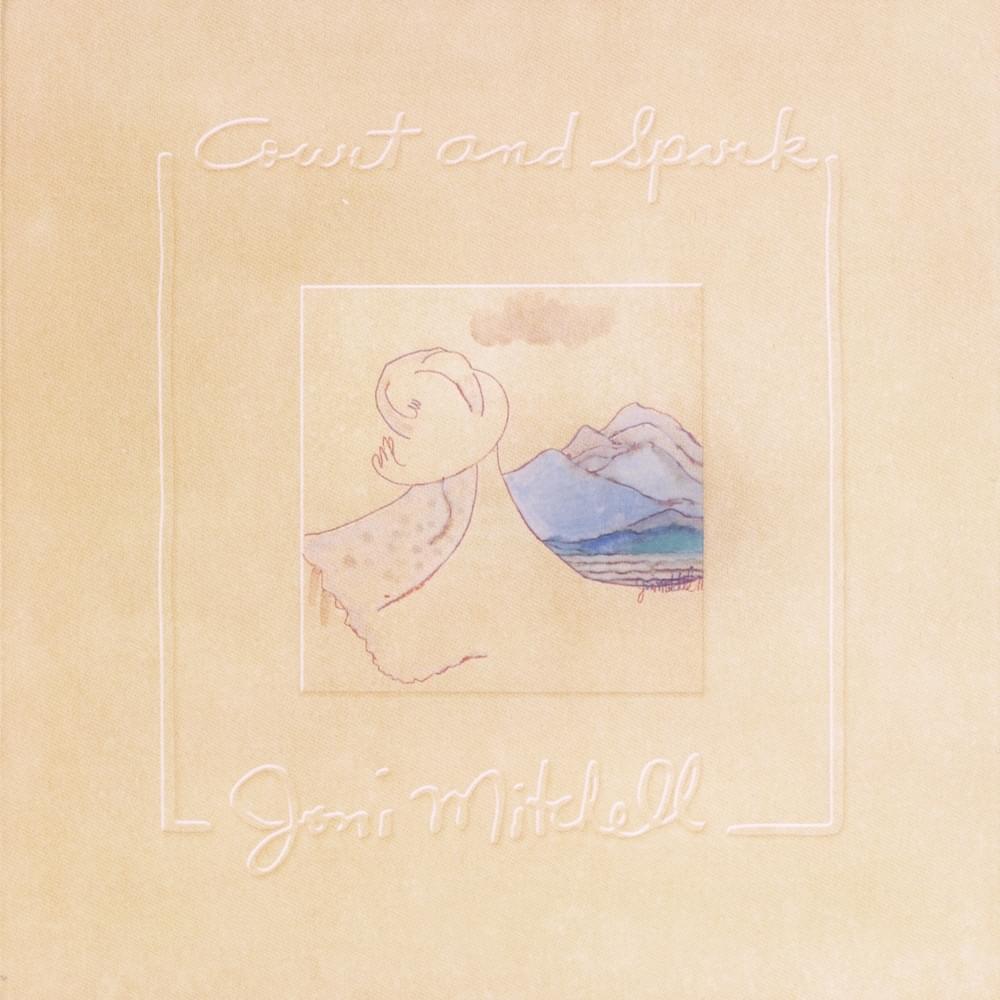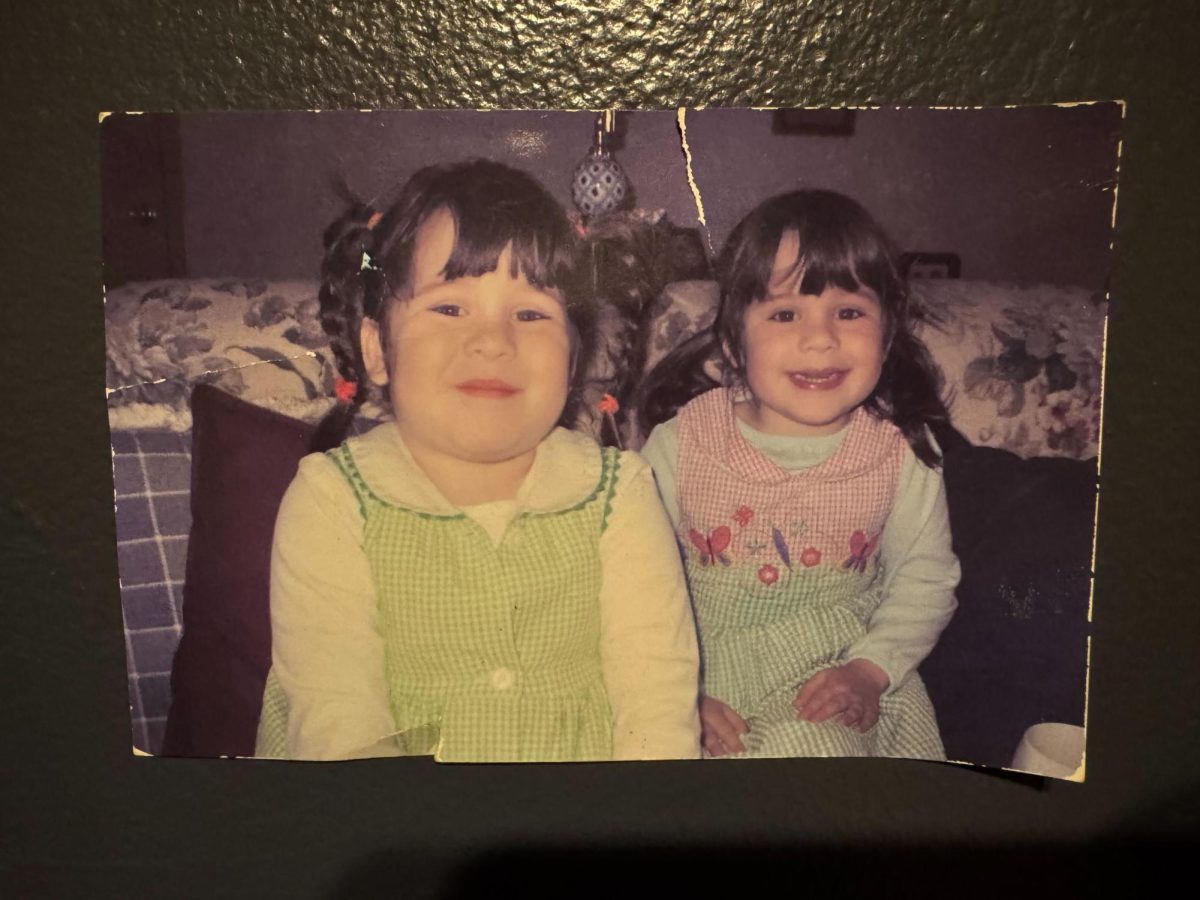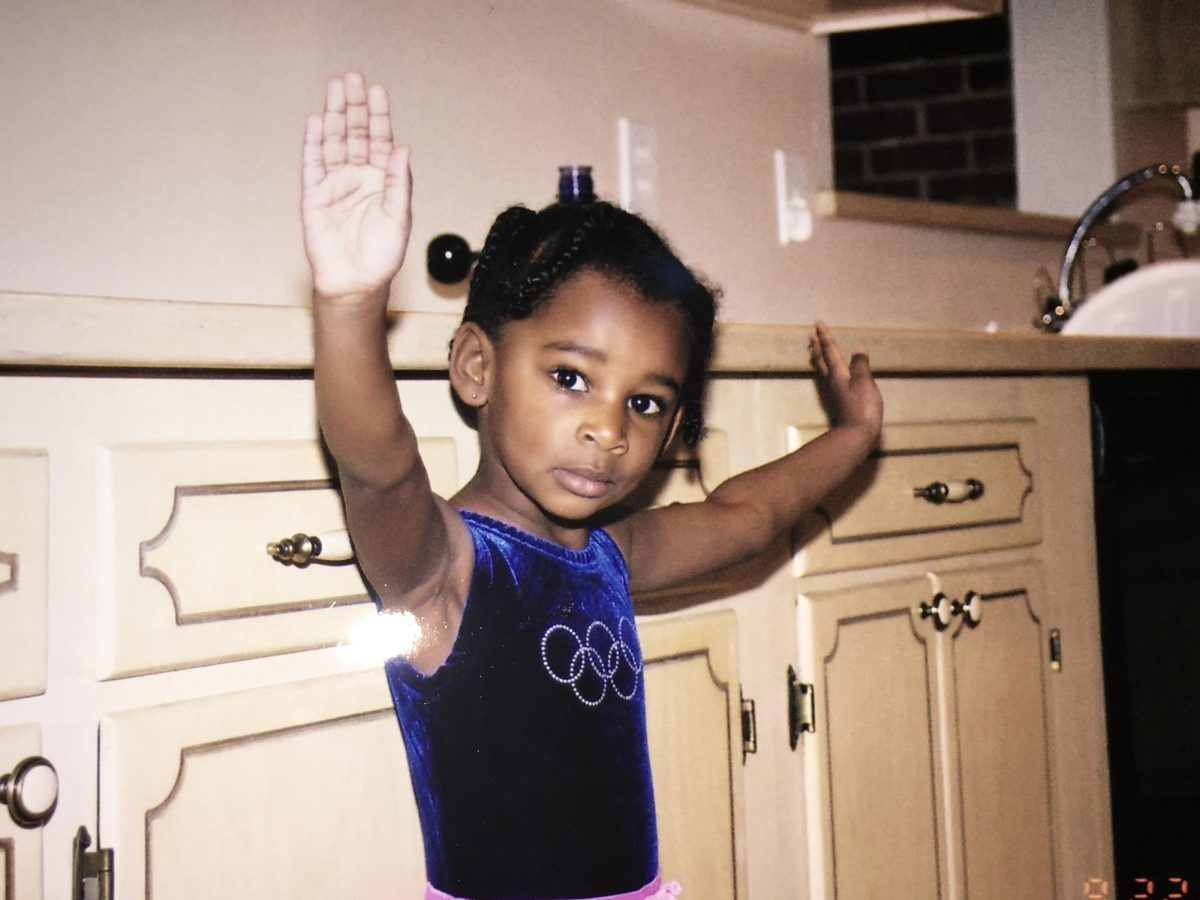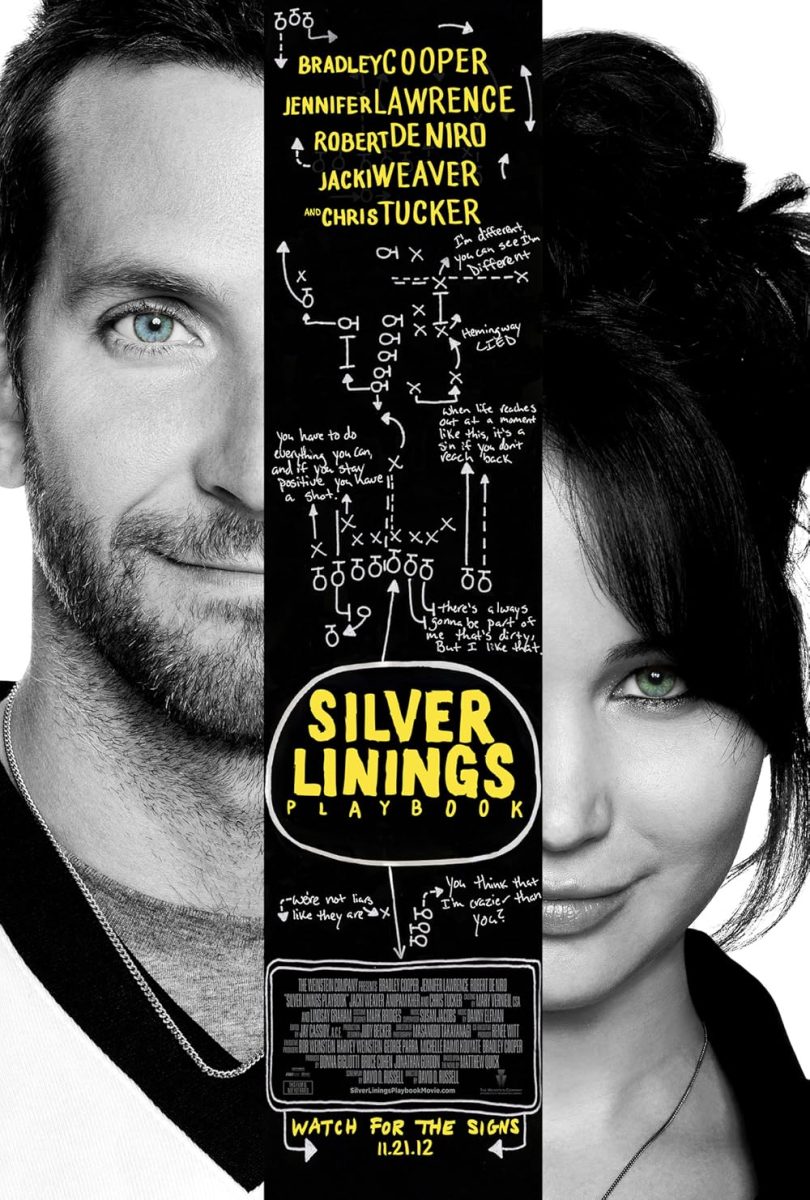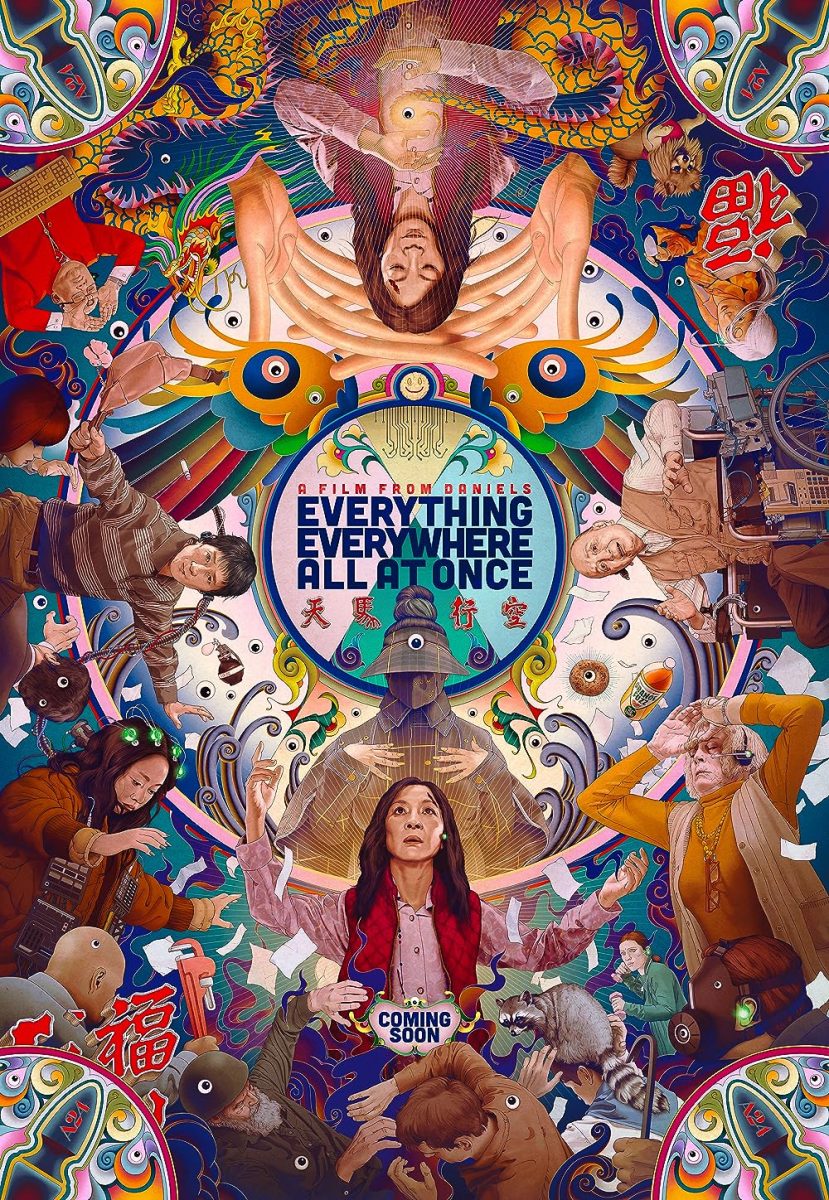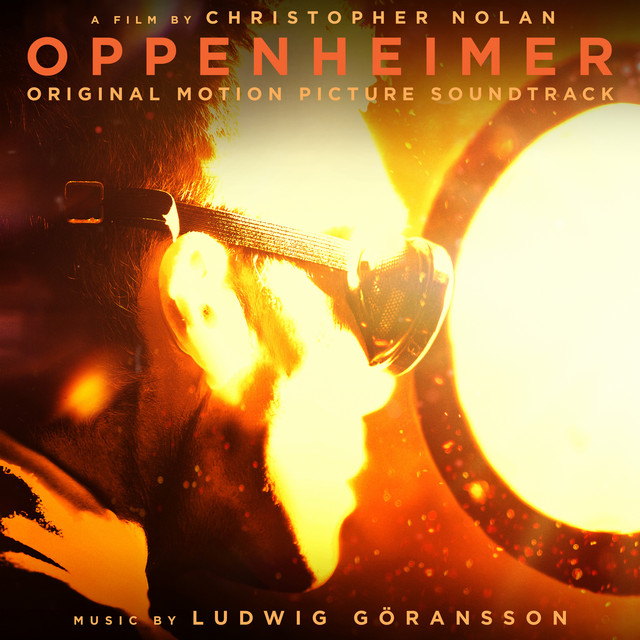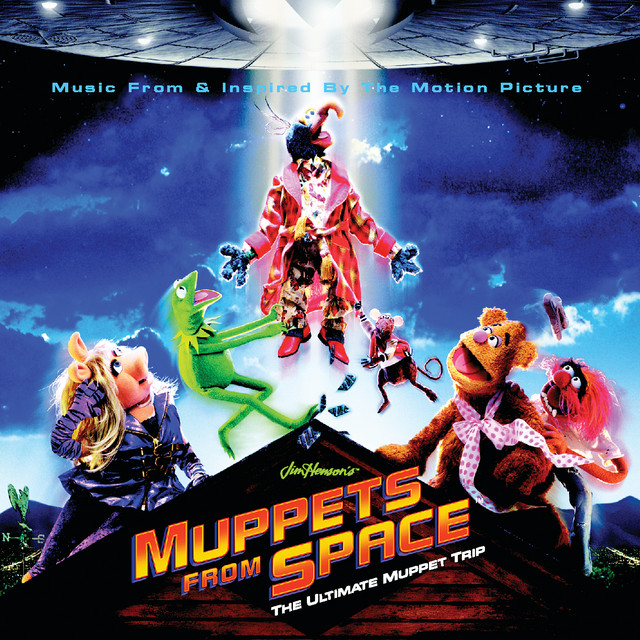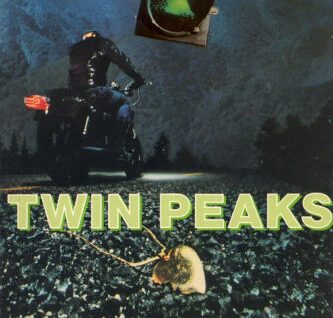If Cowboy Bebop was a person, he’d be the kind of guy that wears sunglasses indoors without looking like a ponce, would casually smoke cigarettes while gliding down the street on a skateboard, and would have the laziest looking gait while still appearing like he knows damn well where he’s going and the exact business he’s going to take care of. Because Cowboy Bebop is just cool like that.
Truly, ask anyone who’s seen the anime and I guarantee “cool” will be one of the top descriptors for this show.
There’s a lot as to why that’s the case. It’s got an impressive animation style that still holds up almost 20 years after the show’s initial airdate. The cast is an assortment of colorful characters with their own complications and personality quirks that make them feel like fully fleshed out human beings, complete with phenomenal voice acting for the English and Japanese versions.
The show’s universe (literally, it takes places in space) appears lived-in and includes enough small details that immerse the viewer from the first episode. Combat within the show is an exhilarating mix of high-speed spaceship chases, hand-to-hand combat, and gunplay with extremely well done choreography.
To top it all off, the show’s central storyline is actually an epilogue to a much larger tale of betrayal, war, lost idealism and soul searching that actually manages to be more engaging than the above mentioned.
These are all worthy reasons why someone should check out this show, but for my money, it’s the soundtrack that sold Cowboy Bebop for me.
A heady mix of jazz, swing, blues, bossa nova, and proto-rock, the entirety of Cowboy Bebop’s soundtrack was composed by Yoko Kanno and performed live by Seatbelt, a band solely created to play the soundtrack. Sprinkled throughout the show at precisely the right time, Cowboy Bebop’s music played up the space cowboy/action adventure vibe the show built its foundations upon. For a 26-episode anime, there’s over six hours of original music for the show.
To save you time and (hopefully) encourage you to check out the rest of this anime’s score, I’ve included four tracks below that I feel capture the essence of the show.
Tank | Seatbelts
The opening track for the anime, “Tank”, is an explosive sax and brass groove, with a descending bass line, and slyly spoken “3, 2, 1 Let’s Jam” that sets up the mood of the show. Breezy, cool and infectiously exhilarating, “Tank” to this day remains one of the best openings to any television show.
Cat Blues | Seatbelts
While not strictly smooth jazz, “Cat Blues” pulls the listener in with a swung tenor sax/flute combination and builds itself up to flashy finishes by interspersing improvised bass, muted trumpet, and drum fills. Though it’s one of the more repetitive tracks in the Cowboy Bebop soundtrack roster, it’s simple catchiness and memorability makes it a top pick amongst this anime’s many songs.
Autumn in Ganymede | Seatbelts
I’ll admit my bias towards this song as a bass player myself, but the bass groove throughout this track simply melts its way into your ears and perfectly underscores the rest of the song. Including a spoken word passage in the middle of the song surprisingly works with the guitar solo midway through, creating a fluid transition to the later saxophone and trumpet bits. It’s a layered jazz track that borders just enough on the side of rock to give it a slick edge.
The Real Folk Blues | Seatbelts
It’s only fitting to end this list with the finale song. Similar to “Autumn in Ganymede”, this track leans closer towards rock and features the vocal talents of Mai Yamane. Though it’s one of the few tracks sung exclusively in Japanese, don’t let the language barrier deter you. “The Real Folk Blues” is a powerful song that continually builds upon itself. Whether or not you’ve seen the show, you can feel the ultimatum this track scores. This is the end and it’s going out with a bang.



